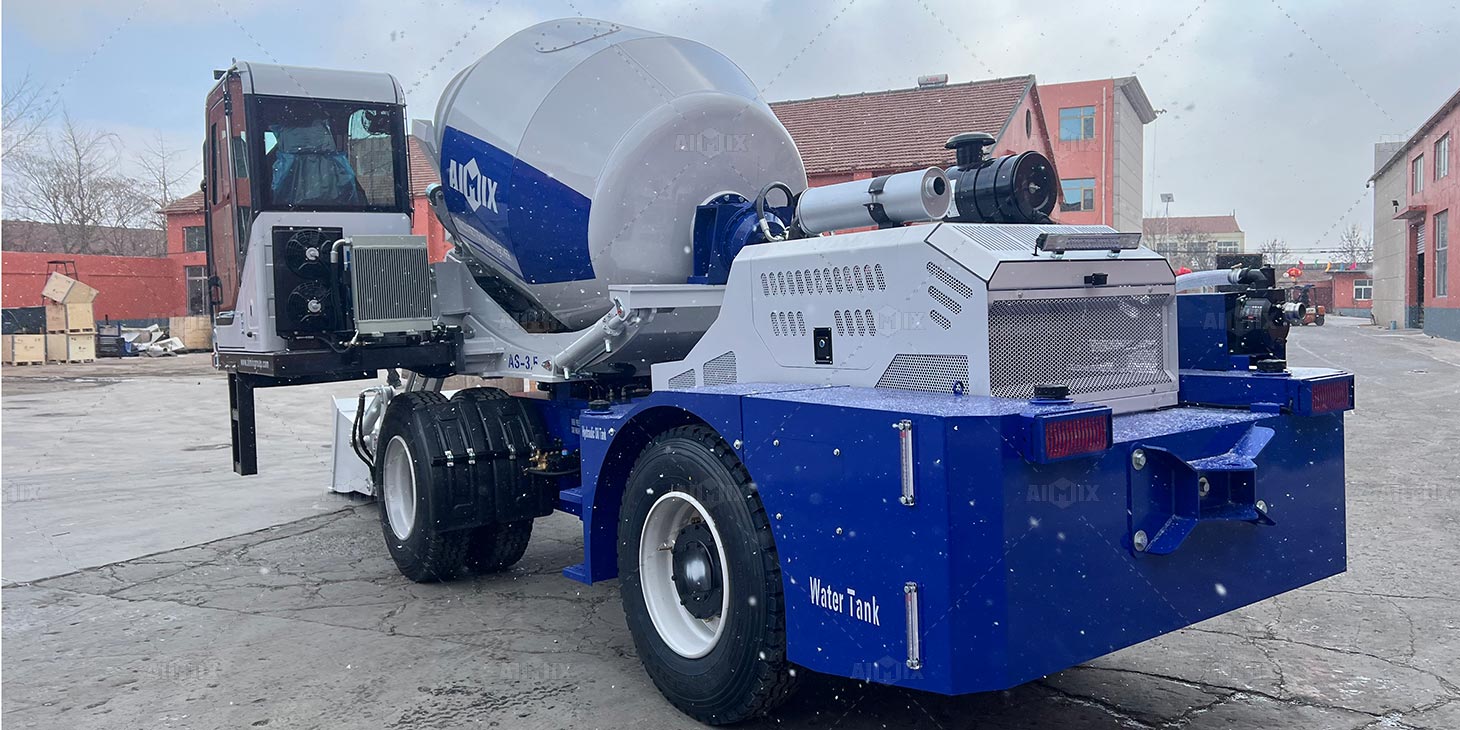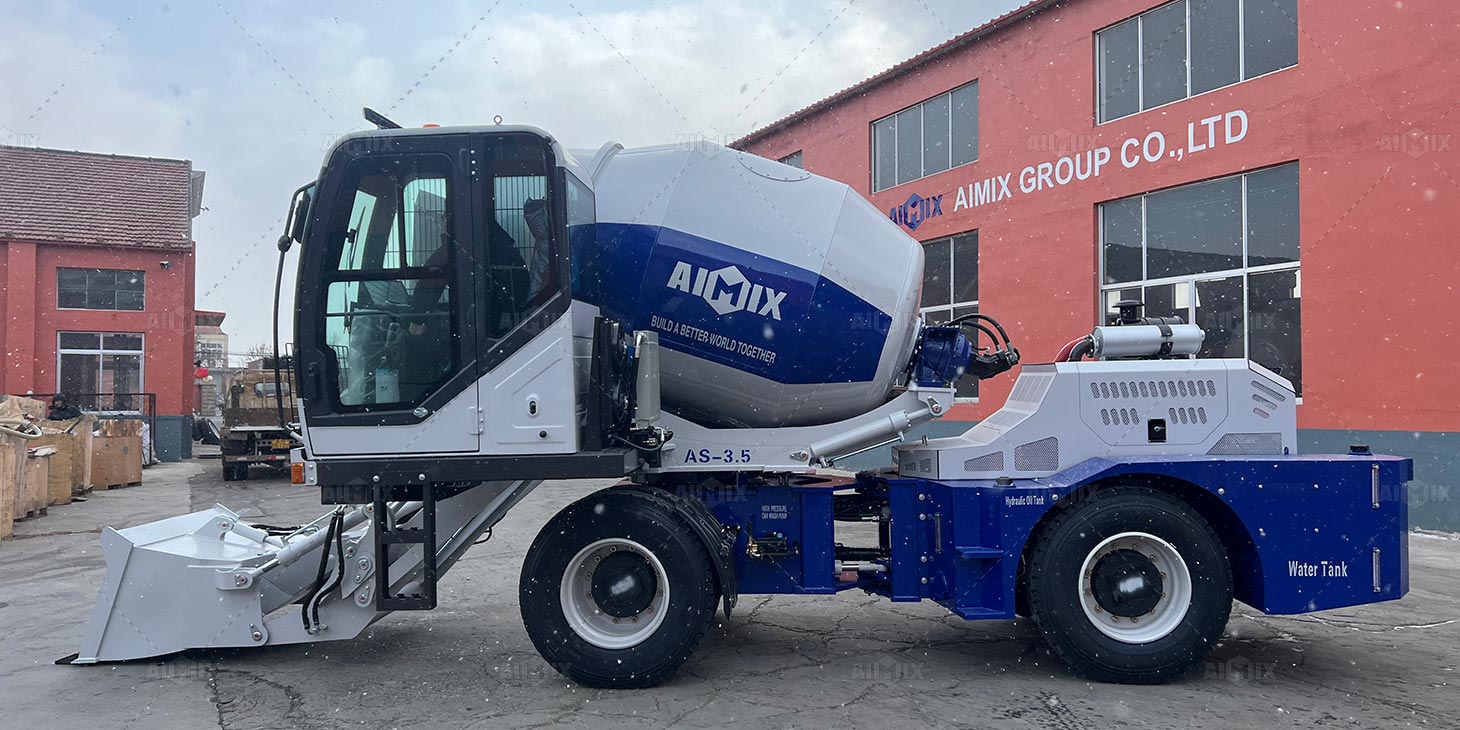The self-loading transit mixer is a revolutionary piece of equipment that streamlines the process of mixing and transporting concrete on construction sites. With its innovative design and advanced technology, it offers unparalleled efficiency and convenience. Let’s explore how this marvel of engineering manages to handle both mixing and transportation of concrete simultaneously.
Integrated Mixing Mechanism
The self-loading transit mixer features an integrated mixing mechanism that allows it to mix concrete while in transit. This mechanism typically consists of a rotating drum or barrel mounted on the rear of the vehicle. As the self loading truck mixer moves, the drum rotates, ensuring that the concrete is thoroughly mixed.

This integrated mixing mechanism is powered by the vehicle’s hydraulic system, which provides the necessary torque to rotate the drum. The design of the drum is optimized to ensure efficient mixing, with strategically placed fins and baffles that help to agitate the concrete and promote thorough blending of the ingredients.
Additionally, some self-loading transit mixers feature adjustable mixing speeds, allowing operators to tailor the mixing process to the specific requirements of each job. This versatility ensures that the concrete is mixed to the desired consistency and quality, regardless of the application.
Continuous Mixing Process
One of the key advantages of the self-loading transit mixer is its ability to mix concrete continuously during transportation. Unlike traditional transit mixers, which rely on stationary batching plants to prepare the concrete before transport, the self loading transit mixer eliminates the need for a separate mixing step.

This continuous mixing process offers significant time savings, as it eliminates the need to wait for concrete to be mixed at the job site. Instead, operators can load the raw materials directly into the mixer’s hopper, where they are automatically fed into the mixing drum. As the vehicle travels to the pour site, the concrete is mixed continuously, ensuring that it remains fresh and workable upon arrival.
Furthermore, the continuous mixing process helps to minimize waste, as operators can mix only the amount of concrete needed for each job. This reduces the risk of over-ordering and allows for greater flexibility in scheduling and project planning.
Efficient Transportation System
In addition to its integrated mixing capabilities, the self-loading transit mixer is equipped with an efficient transportation system that allows for seamless delivery of concrete to the job site. This system typically includes a hydraulically operated chute or conveyor belt, which extends from the rear of the vehicle to dispense the freshly mixed concrete. Learn more about the system here: https://concretemixerwithpump.com/self-loading-mobile-concrete-mixture/.
The transportation system is designed to ensure precise placement of the concrete, allowing operators to deliver the material directly to the desired location without the need for additional handling or repositioning. This not only saves time and labor but also helps to minimize the risk of spillage and waste.
Furthermore, some self-loading transit mixers are equipped with advanced features such as telescopic chutes or remote-controlled discharge systems, which further enhance the efficiency and precision of the delivery process. These features allow mini self loading concrete mixer operators to adjust the discharge angle and rate of flow to accommodate the specific requirements of each pour, ensuring optimal results every time.
Overall, the combination of integrated mixing and efficient transportation systems makes the self-loading transit mixer a versatile and indispensable tool for construction projects of all sizes. By streamlining the process of mixing and delivering concrete, it helps to improve productivity, reduce costs, and ensure the timely completion of projects.